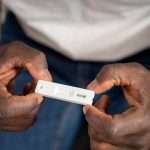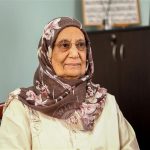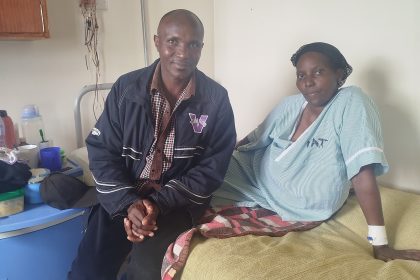Hot tea drinking contests star temperatures exceeding the World Health Organization (WHO) recommended limit of 65°C
While savouring her hot ugali straight from the sufuria (saucepan) as she always preferred it, Francisca Auma felt an unusual irritation in her 66-year-old throat. That was in 2022 when the discomfort triggered a wave of nausea. She vomited, traces of blood in her puke. Fearing for her health, Auma rushed to a private clinic, which promptly referred her to a hospital in Bungoma.
However, unable to identify her problem, the hospital prescribed painkillers and sent her home where the symptoms worsened with continued vomiting of blood. Her children took her to a Nairobi hospital where she was diagnosed with stomach ulcers and placed on medication. But when her health showed no signs of improvement, Moi Teaching and Referral Hospital Eldoret finally identified the cause: oesophageal cancer. That was in August 2023.
“It is well-known in my family that I can’t tolerate anything cold, whether it’s tea, ugali, or vegetables,” Auma explains, adding that any cooling tea from the thermos flask is reheated “to boiling temperature before drinking it again.”
Auma is now receiving treatment for oesophageal cancer at the Kakamega Referral Hospital Cancer Centre where another patient, Suleiman Angatia, a 40-year-old father of two from Mumias East Constituency, who also preferred his ugali served piping hot, but liked his tea at room temperature is admitted. In mid-2023, he was diagnosed with oesophageal cancer.
“I noticed I was growing weaker and had an irritating cough coupled with sharp pain whenever I swallowed food,” Angatia recalls. “After trying countless over-the-counter cough syrups without relief, my cousin insisted I get a thorough medical check-up.”
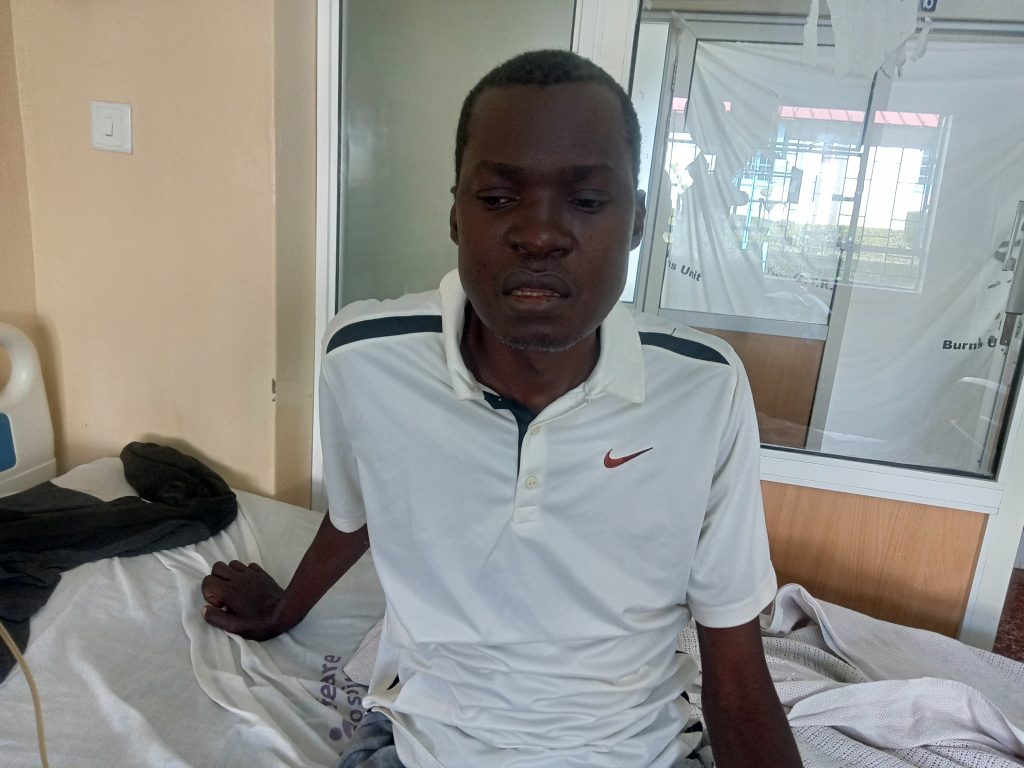
When Angatia received his diagnosis at Vihiga County Referral Hospital, it shattered his world. As a construction worker who grew up believing cancer was a disease of the wealthy, he even contemplated ending his life. It was only later, upon reflecting on his family history, that he realized several of his relatives had suffered from other forms of cancer, including prostate cancer.
“The cancer has taken a toll on me,” Angatia admits. “It makes me lose my appetite and become irritated over the smallest things. I’ve been in and out of Kakamega and Eldoret Referral hospitals for chemotherapy and radiotherapy.”
Diagnosed with Stage 2B or Stage 3 cancer, Angatia now looks back with regret. “If I had known better, I would have sought a proper diagnosis earlier. The local facility I went to repeatedly told me I had ulcers without specifying which type and treated me for that, but nothing worked.”
Kenyan tea leaves contain polycyclic aromatic hydrocarbons (PAHs) which are harmful chemicals when burned-but that is not what causes the cancer
A study titled “Investigating Tea Temperature and Content as Risk Factors for Esophageal Cancer in an Endemic Region of Western Kenya: Validation of a Questionnaire and Analysis of Polycyclic Aromatic Hydrocarbon Content” was conducted by researchers from Tenwek Hospital in collaboration with other institutions in 2019.
This study, carried out at a facility that primarily serves patients from Western Kenya, focused on the temperatures at which individuals who sought treatment at the renowned Level 6 hospital consume chai—a traditional milk tea—and examined the presence of polycyclic aromatic hydrocarbons (PAHs) in Kenyan tea leaves.
PAHs are harmful chemicals that form when things like coal, oil, gas, wood, or even food are burned. The findings revealed that participants consumed chai at an average temperature of 72.1°C, surpassing the 65°C threshold defined by the International Agency for Research on Cancer (IARC) as “very hot” and potentially carcinogenic to humans. Additionally, the analysis showed that PAH levels in the tea leaves were uniformly low, suggesting that the higher rates of oesophageal cancer in the region are more likely associated with thermal injury from consuming excessively hot beverages rather than chemical exposure from the tea itself.
This type of study has yet to be conducted at the Kakamega Cancer Centre within the Kakamega Teaching and Referral Hospital, where Auma’s daughter Medetrix Auma, who booked her mother’s appointment, expresses skepticism about the potential harm of consuming hot foods, especially tea, which she enjoys.
“Personally, I experience health issues when I eat cold food,” she says with little care of the amount of risk or lack of it in drinking scalding tea. “So, what is the ideal temperature for eating? I prefer hot tea and believe that if fate has determined you will get cancer, it will happen regardless.”
In places like Western Kenya, the growing popularity of food and beverage competitions—including high-risk activities like hot tea drinking contests—poses significant health concerns. Participants in these events often consume scalding tea at temperatures exceeding the World Health Organization (WHO) recommended limit of 65°C, a threshold linked to heightened risks of food pipe cancer. While such events resonate culturally and attract public enthusiasm, they inadvertently normalize dangerous consumption practices, exposing communities to long-term health hazards.
Kenya lies within Africa’s “oesophageal cancer corridor”— with the highest percentage of young cases below 30 years of age
Kenya has one of the highest incidence rates of oesophageal squamous cell carcinoma (ESCC) in Africa, with an age-standardized rate of 17.6 per 100,000 individuals. This elevated rate is particularly evident in the Western and Central regions of the country. A comprehensive review titled “Esophageal Cancer in Kenya,” published in the journal Annals of Oncology in 2017, explores this significant health issue.
The review attests that Kenya lies within Africa’s “oesophageal cancer corridor”—a geographic area spanning the Eastern and Western Rift Valley, which reports the continent’s highest oesophageal cancer (EC) incidence rates. Notably, squamous cell carcinoma (skin cancer that comes due to long time exposure to sun) accounts for approximately 90% of EC cases in Kenya. The review also draws the unique demographic pattern in the country, noting, “EC in Kenya is distinctive for its high percentage of young cases below 30 years of age.”
Several risk factors associated with the high prevalence of EC in Kenya include alcohol consumption, genetic predispositions, malnutrition and the consumption of hot foods and beverages, notes the study.
“Unlike EC in Europe and Asia, 11% of EC in Western Kenya affects individuals below the age of 30. Tenwek and Eldoret (facilities serving patients in the larger Western Kenya) have a significantly high number of patients below 40 years of age. The mean age of EC patients in Kenya is approximately 50 years, as opposed to 65 years in Western countries and high-incidence East Asian countries,” it states.
EC incidence rates vary significantly across countries, particularly in regions where consuming hot beverages is culturally prevalent. In Kenya, the incidence rate is reported at 17.6 per 100,000 individuals. Comparatively according to the World Cancer Research Fund statistics, other countries with hot beverage traditions exhibit the following age-standardized incidence rates (ASR) per 100,000 individuals: China: 8.3, Japan: 4.8 and Bangladesh: 16.
The Fund notes that these variations can be attributed to a combination of factors, including dietary habits, genetic predispositions, environmental exposure, and socioeconomic conditions.
“The consumption of hot beverages is one of several potential risk factors influencing these incidence rates.”
Is hot tea drinking the primary risk factor driving oesophageal cancer (EC) cases at the Kakamega Cancer Centre? Well, the staff at this Level 5 facility share their perspectives.
“If that were the case, the Maragoli people, arguably the most renowned tea drinkers in the region, would be overwhelming our wards,” says Hazel Imali, a palliative care nurse at the centre. “In their culture, serving visitors cold tea is practically unheard of, and children grow up drinking mug after mug of tea straight from the fire.”
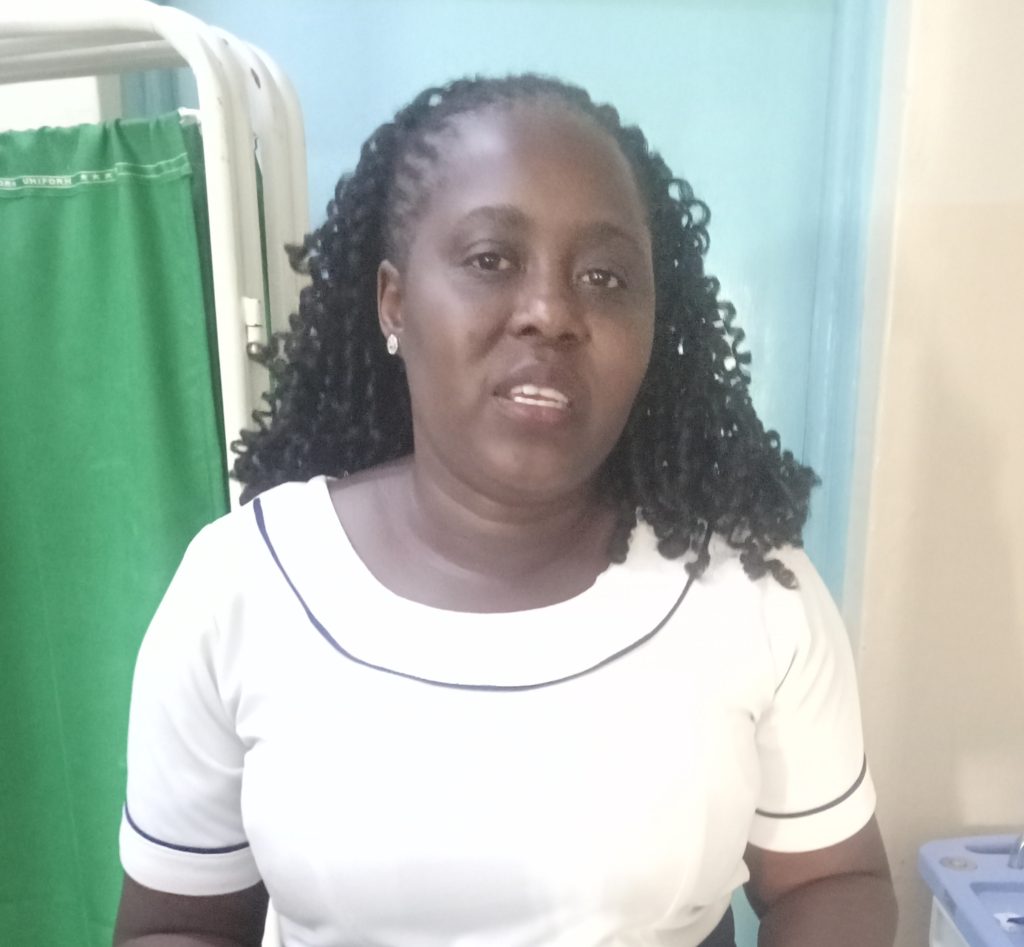
She continues: “There is a pressing need for targeted research in this area. Interestingly, most of our patients come from Mumias, a region known for its maize and sugarcane farming. One would expect more cases from Ikolomani, where artisanal mining is prevalent. It would be easier to link the disease to carcinogenic substances like mercury, which contaminates water and frequently comes into contact with miners’ hands.”
The Kakamega Cancer Centre reports that esophageal cancer claims at least 100 lives annually, with men being disproportionately affected. The Centre attributes this prevalence to a combination of genetic and environmental factors, including exposure to mycotoxins, pesticide-contaminated food, poor diet, smoking, the use of firewood, and the consumption of traditional brews like chang’aa and busaa.
Unpublished data from the facility shows that 70% of cancer cases in men are linked to smoking and excessive intake of local brews.’
In a previous interview, Dr Hilda Mubisi, the resident clinical oncologist, noted that oesophageal cancer is among the most common cancers treated at the Kakamega Cancer Centre. She explained that each patient’s history is meticulously analyzed to identify potential risk factors, with a particular focus on dietary habits, exposure to firewood smoke, tobacco use, alcohol consumption, and frequent intake of hot beverages.
Unfortunately, most patients seek medical attention at advanced stages, leaving healthcare providers with the primary option of administering palliative care. According to Imali, this care focuses on symptom relief and enhancing the quality of life. Doctors use small, flexible metal tubes called self-expandable metallic stents to help people who have trouble swallowing due to a blocked food pipe caused by a tumor. These stents are placed using a thin tube with a camera (endoscopy) and can improve swallowing and help patients live longer.
For early-stage cases, surgery is a primary treatment option. Procedures such as esophagectomy, which involve removing the affected portion of the oesophagus and nearby lymph nodes, are commonly performed. In Kenya, esophagectomy remains the most widely used procedure, despite its limitations. Chemotherapy and radiotherapy treatments, often in conjunction with surgery, can also help in early-detected cases. Chemotherapy uses drugs to kill or inhibit the growth of cancer cells, while radiotherapy employs high-energy beams to achieve the same goal. In cases where surgery is not feasible, chemoradiotherapy serves as an alternative.
There is hope on the horizon through innovative treatments being explored globally. For example, in December of last year, a Scottish woman, Jennifer Robertson, became the first patient in Europe to receive an experimental cancer vaccine for gastro-esophageal cancer. This groundbreaking vaccine, developed by Moderna and MSD, uses mRNA technology to harness the body’s immune system to identify and destroy cancer cells, signaling a promising future for more effective therapies.
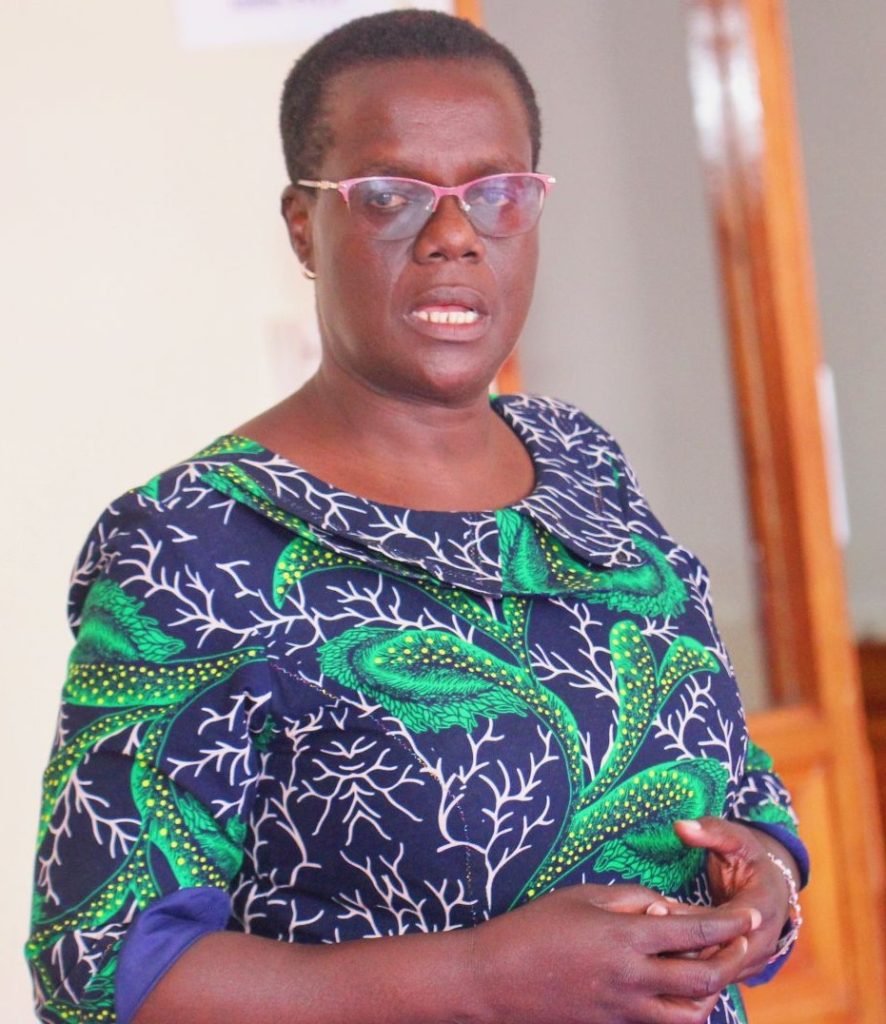
Closer to home, Rose Muhanda, the Kakamega County Health Chief Officer, highlighted targeted efforts to combat esophageal cancer in Western Kenya. The county has invested in research to uncover specific causes of the disease in the region, aiming to guide tailored interventions.
“Through community awareness campaigns on early screening and collaborations with NGOs, we are empowering people to seek help early,” she said. Additionally, the county is advocating for food safety practices to prevent aflatoxin contamination and promoting cleaner cooking technologies to minimize exposure to smoke inhalation, a known carcinogen.
They are also urging the public to embrace a simple yet life-saving habit: allowing their beloved tea to cool to a temperature that safeguards their health, without compromising their cherished tradition.






